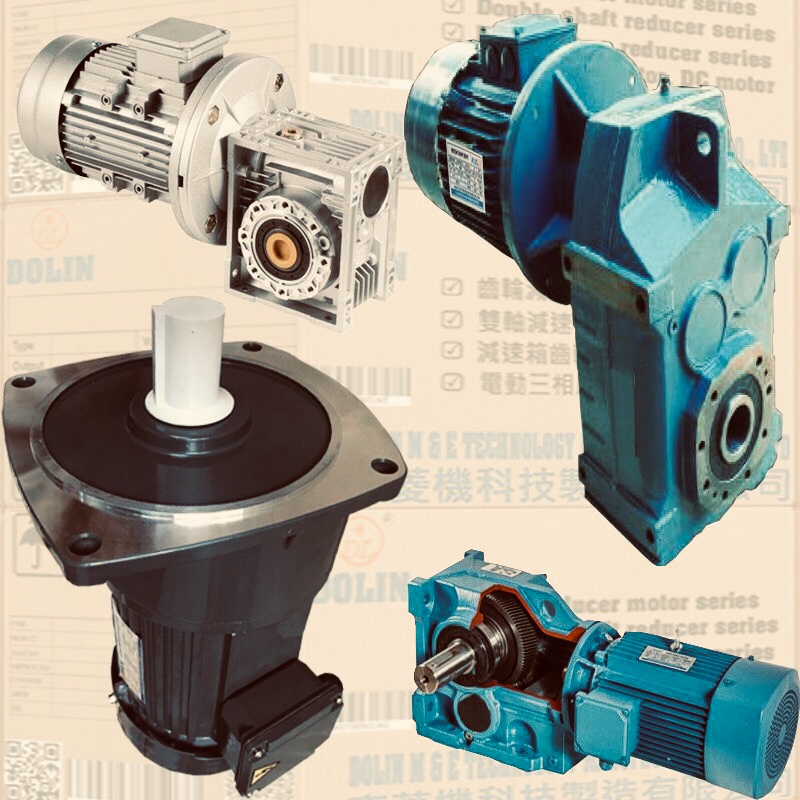- Home
- /
- News
- /
- Industry News
What is the difference between a squirrel cage motor and a wound-rotor (slipring) induction motor?

In a squirrel cage induction motor, the rotor has conductive bars embedded in slots in the laminations, running the length of the rotor.
These bars are shorted at each end with shorting rings. There is no electrical connection between these bars and the motor terminal box. The current in the rotor bars is a function of the motor slip, and we have no direct control over it.
In a wound rotor induction motor, the rotor is wound as a 3-phase winding with magnet wire, the ends of which are brought out to three slip rings mounted on the motor shaft. Spring loaded brushes connect to these slip rings and in turn are connected to the motor terminal box.

We can control the current induced in the rotor winding by using external resistors in the rotor circuit. This has the advantage of reducing starting current and increasing starting torque. Once the motor is up to speed, the external resistors are shorted out and the motor now has operating characteristics similar to those of a squirrel cage motor.
However wound motors are expensive and the brush gear requires regular maintenance. There are other methods of improving starting characteristics of squirrel cage motors including electronic reduced voltage starters and VSDs. So wound rotor motors are very rare these days.
In a wound rotor induction motor, the rotor is wound as a 3-phase winding with magnet wire, the ends of which are brought out to three slip rings mounted on the motor shaft. Spring loaded brushes connect to these slip rings and in turn are connected to the motor terminal box.

We can control the current induced in the rotor winding by using external resistors in the rotor circuit. This has the advantage of reducing starting current and increasing starting torque. Once the motor is up to speed, the external resistors are shorted out and the motor now has operating characteristics similar to those of a squirrel cage motor.
However wound motors are expensive and the brush gear requires regular maintenance. There are other methods of improving starting characteristics of squirrel cage motors including electronic reduced voltage starters and VSDs. So wound rotor motors are very rare these days.
Newer articles
- Causes of faults in electric motors and their effects (13/08/2018)
- Motors and Drives: AC or DC? (14/08/2018)
- Checking phase sequence of 3 phase supply (14/08/2018)
- INSTRUCTIONS FOR GEAR REDUCER MOTOR (01/12/2018)
- Why electric motors fail (13/08/2018)
- AC Motor Overview (20/08/2018)
- Advantages and disadvantages of different types of gears (01/09/2018)
- How to Select a Gearmotors (01/10/2019)
- What is a DC Motor? (03/06/2019)
- What are Brushless DC Motors (31/05/2019)
Older articles
- Basic Structure Of Gear Motor Reducer (07/07/2018)
- What are characteristics of planetary gearmotors? (08/08/2018)
- Follow instructions to use the speed reducer motor (12/08/2018)
- What are Features, Benefits and Use of Gear Boxes and Geared Motors? (02/08/2018)
- Design Considerations for Gearmotor Applications (26/07/2018)
- Fundamentals of Hydraulic Motors (20/07/2018)
- Worm gear box and Electric motor (18/07/2018)
- What are common gearmotor types and variations? (12/07/2018)
- The Importance Of Choosing The Right Gearmotor (12/07/2018)
- The Advantages of Intermittent Duty Motors (12/07/2018)





Join